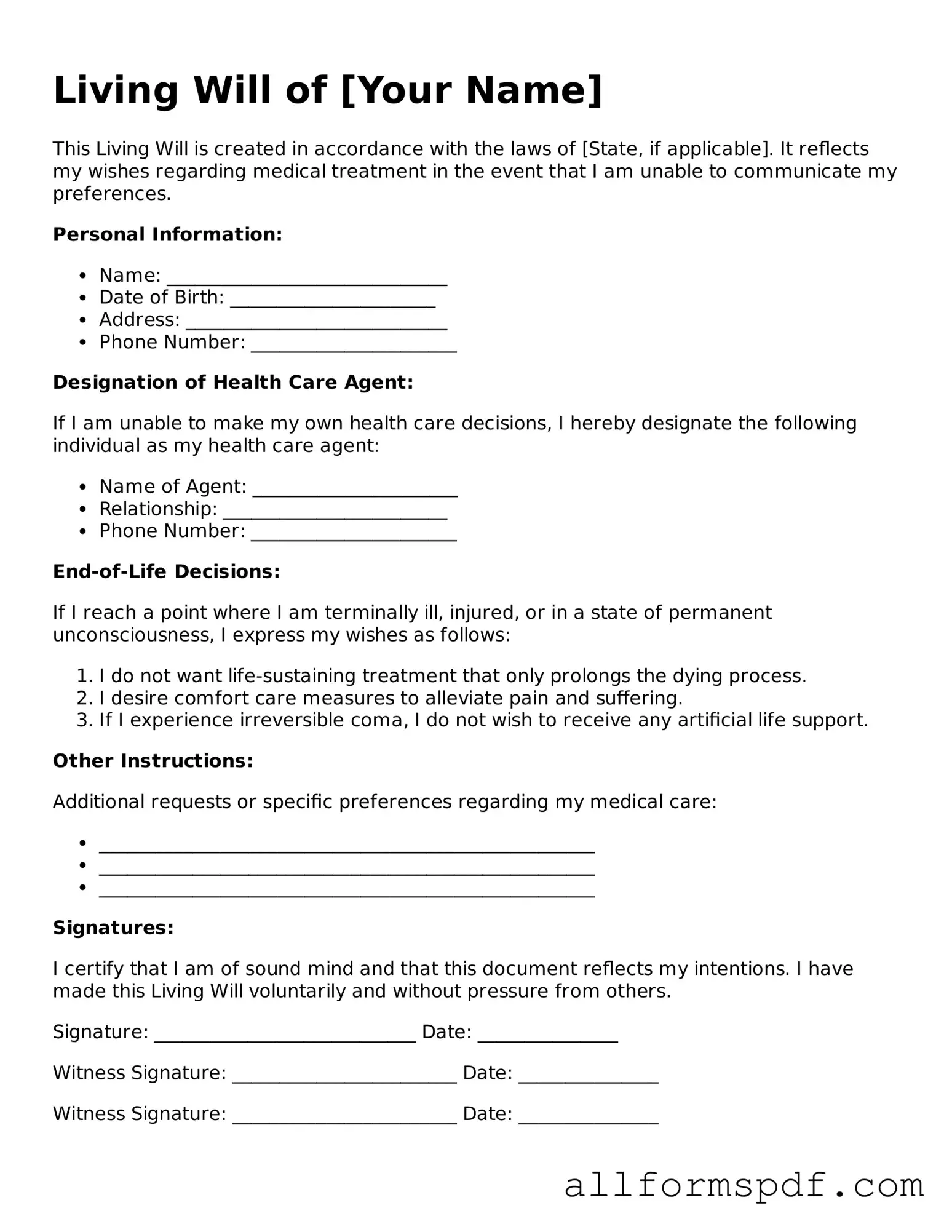Creating a Living Will is an important step in planning for your future healthcare needs. However, many individuals make common mistakes that can lead to confusion or unintended consequences. One of the most frequent errors is failing to clearly define the types of medical treatments they do or do not want. Without specific instructions, healthcare providers may struggle to understand your wishes, which can result in unwanted interventions.
Another mistake involves not updating the Living Will regularly. Life circumstances change, and so do personal preferences regarding medical care. If you created your Living Will several years ago, it’s crucial to review and revise it to reflect your current values and health conditions. Neglecting to do so can lead to decisions being made that no longer align with your wishes.
Many people also overlook the importance of discussing their Living Will with family members and healthcare proxies. Simply filling out the form is not enough. Engaging in conversations about your wishes ensures that your loved ones understand your preferences and are prepared to advocate on your behalf. This can prevent potential conflicts or confusion during critical moments.
Additionally, individuals sometimes forget to sign and date the Living Will correctly. This may seem trivial, but without proper signatures, the document may not hold legal weight. Make sure to follow all the necessary steps, including having witnesses or notarization if required by your state’s laws. A missing signature can render your intentions ineffective when they are needed most.
Lastly, some people fail to store their Living Will in an accessible location. Even if you have completed the document correctly, it will be of no use if it cannot be found when needed. Keep copies in easily accessible places, and consider sharing them with your healthcare provider and family members. This ensures that your wishes can be honored without delay.
